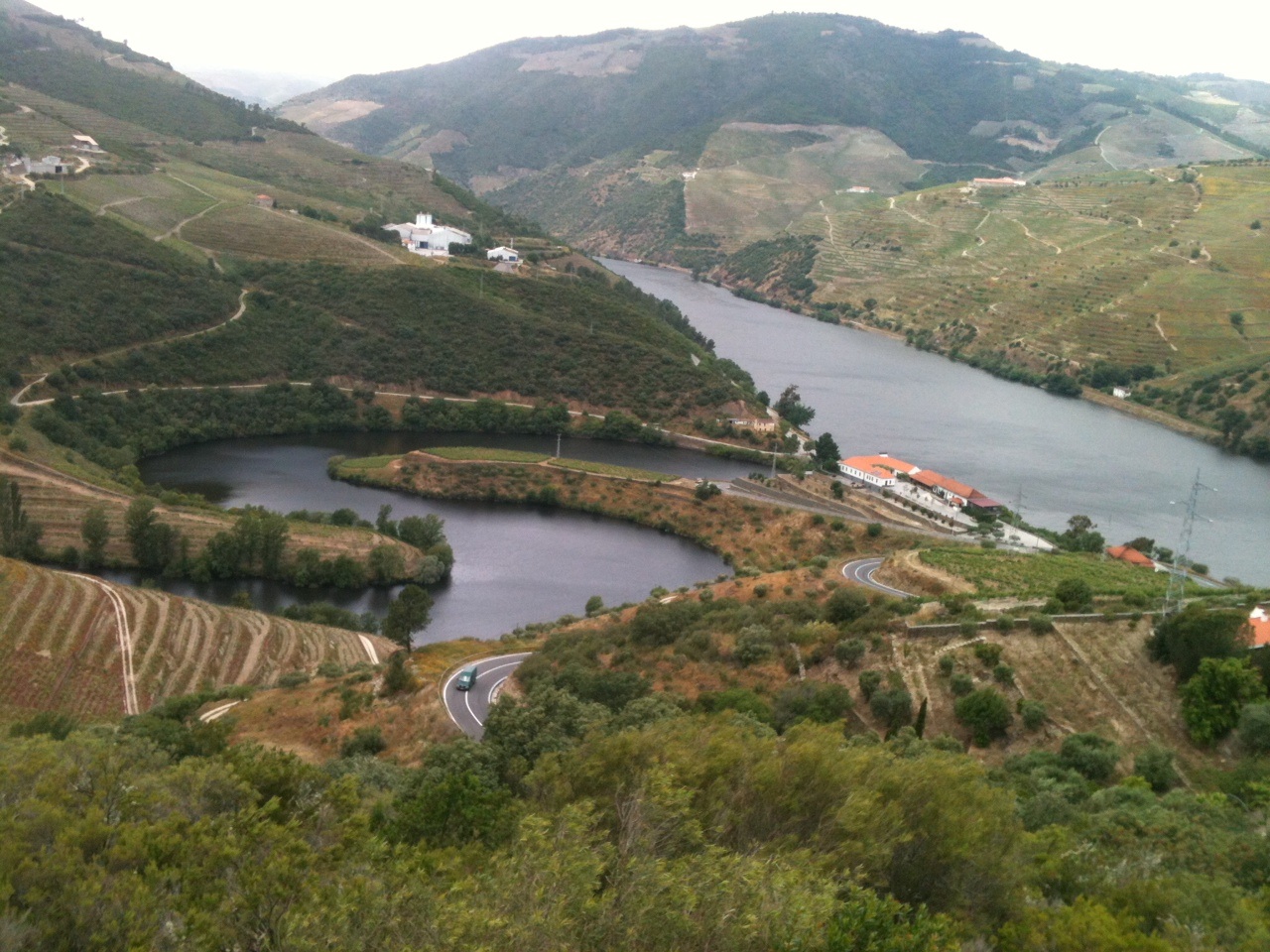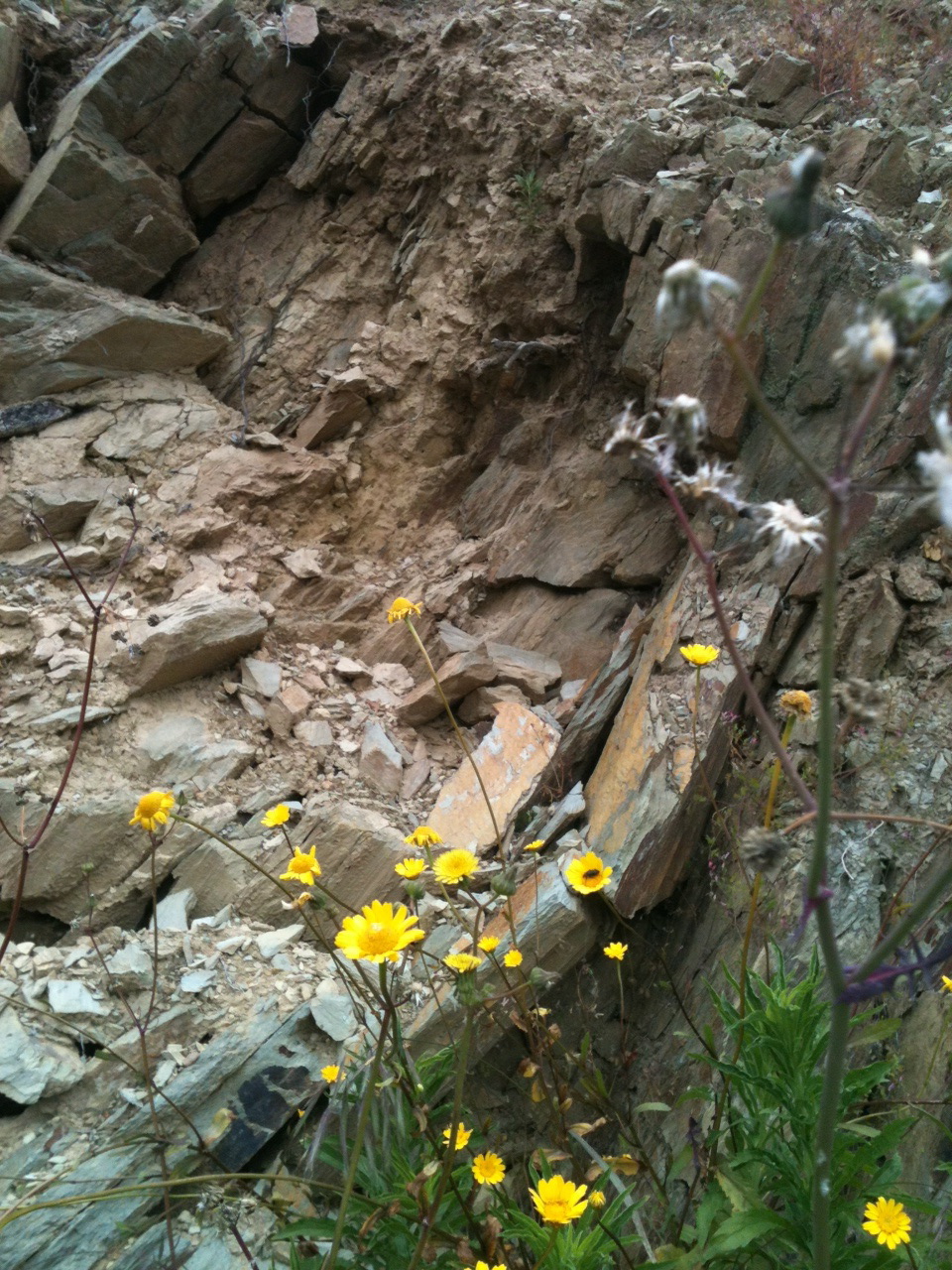 In March 2012’s blog I wrote that Douro Valley was experiencing the driest winter in 80 years, and 2012 did go down in history as such. Quinta do Tedo’s 2012 rainfall amounted to 27 cm/11”, the norm being 42 cm/17”. To put this in perspective with other viticultural regions that I know, annual rainfall averages 800 cm/31” in Bordeaux, 700 cm/27” in Burgundy and in Chianti and 62 cm/25” in Napa Valley….quite a contrast from what Quinta do Tedo received last year! Looking at monthly precipitation and temperature reports from AVDID (Associação para o Desenvolvimento da Viticultura Duriense) 2013 is a wet year, as is most of Europe – the cold and wet just are not letting up! The Cima Corgo (Adorigo), where Quinta do Tedo is located, is 13% below normal at 38 cm/15“ rainfall thus far for 2013, placing this subregion as one of Douro Valley’s drier. Winemaker Jorge still considers this as a “normal” year in rain, the “rainy season” being from November to April. Other subregions – to include Baixo Corgo, Cima Corgo (Pinhão), Douro Superior (Vesuvio and Vilariça) post higher in 2013 rainfall, from 12 to 58% more than average annual precipitation of about 50 cm/20”.
In March 2012’s blog I wrote that Douro Valley was experiencing the driest winter in 80 years, and 2012 did go down in history as such. Quinta do Tedo’s 2012 rainfall amounted to 27 cm/11”, the norm being 42 cm/17”. To put this in perspective with other viticultural regions that I know, annual rainfall averages 800 cm/31” in Bordeaux, 700 cm/27” in Burgundy and in Chianti and 62 cm/25” in Napa Valley….quite a contrast from what Quinta do Tedo received last year! Looking at monthly precipitation and temperature reports from AVDID (Associação para o Desenvolvimento da Viticultura Duriense) 2013 is a wet year, as is most of Europe – the cold and wet just are not letting up! The Cima Corgo (Adorigo), where Quinta do Tedo is located, is 13% below normal at 38 cm/15“ rainfall thus far for 2013, placing this subregion as one of Douro Valley’s drier. Winemaker Jorge still considers this as a “normal” year in rain, the “rainy season” being from November to April. Other subregions – to include Baixo Corgo, Cima Corgo (Pinhão), Douro Superior (Vesuvio and Vilariça) post higher in 2013 rainfall, from 12 to 58% more than average annual precipitation of about 50 cm/20”.
The rainy season temperatures are cooler this year by about 1°C (last year the temperature during this time was 2° to 3° C cooler), a factor to consider in flowering, fruit set, ripening and eventual grape harvesting. While the viticultural rule of thumb for predicting when harvest commences is ”100 days from flowering” this works for viticultural regions that have consistent and predictable temperatures. The rainy season recently is 1° to 3° C cooler, the summer has more heat waves, so predictable temperatures have departed for the time being. Summer temperature trends now include uncontrollable 3 to 4 days of +40° C (104° F) heat, that actually burn the grape vines and can damage whole parcels. Jorge points out that “most problems that we have are associated with temperatures that are higher in the summer” more than amount of precipitation. Are these extremes are becoming more the norm than the exception?
Signs of global warming or just a coincidence?



